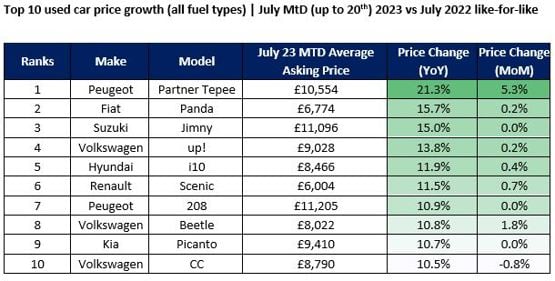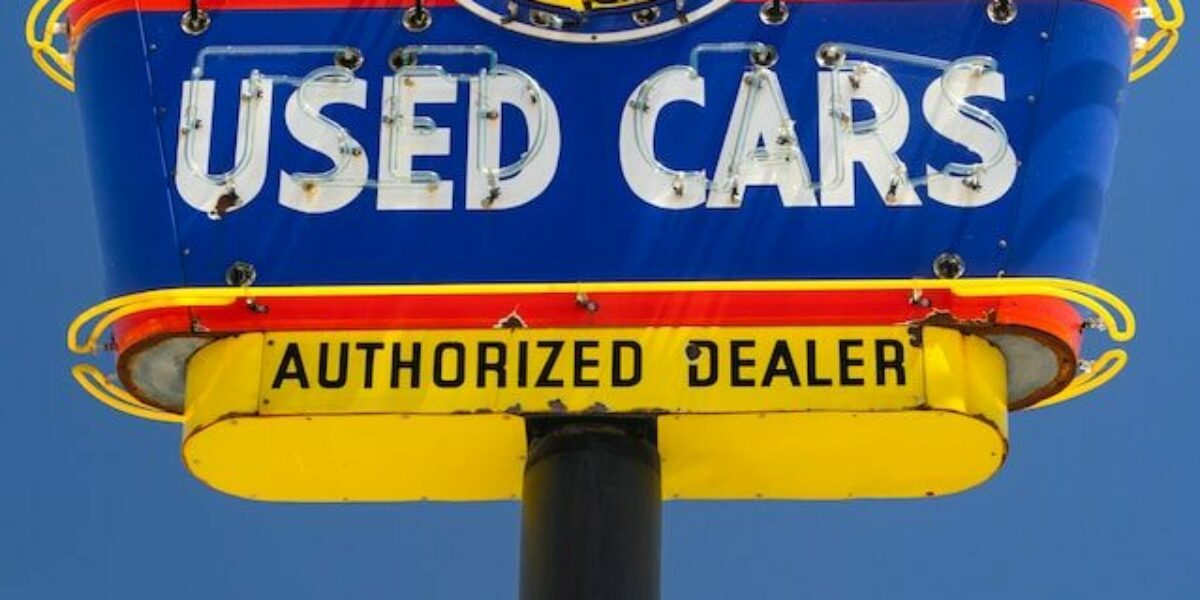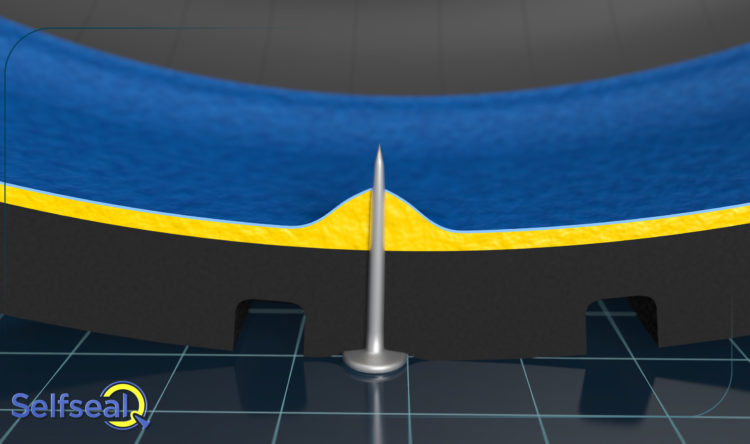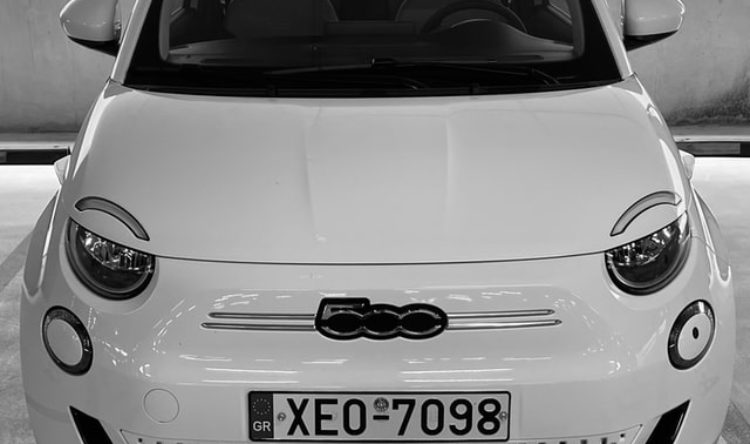No cheap options
Second-hand car prices remain high along with demand
Used car prices continue to rise despite easier availability of new cars.
The issues of pandemic lockdowns, a scarcity of micro chips, Brexit and the move to electric models all took their toll on new car availability. With these issue easing, demand for good quality second-hand cars should be reducing. However, the cost of living crisis is fuelling yet more demand for used cars.
Auto Trader’s Retail Price Index data reveals a slight softening, but the used car buyer is still facing price rises the longer they wait.
Everything up
The year-on-year increase in July was 2.8%, down from 3.2% in June. However, on a month-on-month basis, average retail prices have risen by 0.3%.
Auto Trader said the only age group experiencing a contraction in value is the 1-3-year-old vehicles. Average retail prices are currently down by 2.0% from last year in this group. This decline is driven by the ongoing drop in the value of low emission vehicles, which is impacting the average values for this age group of cars.
In particular, the retail value of petrol and diesel cars aged 1-3 years old has increased by 3% year-on-year, while their plug-in-hybrid and electric counterparts have experienced a substantial decline of -15% and -24%, respectively.
Price competition
Richard Walker, Auto Trader’s director of data and insight, says: “Average retail prices have been increasing for 40 consecutive months”.
“Although this has slowed slightly, it’s not an indication of a market in reverse, and anyone anticipating a drop in retail prices anytime soon will be sorely disappointed.
“Despite the economic headwinds, demand remains buoyant,” states Walker. “Combined with the ongoing constraints on new and second-hand car supply, will keep retail values stable.
“Increasing used car prices does have the potential to place added pressure on motorists who are already feeling the squeeze on their household finances. However, most car buyers should be insulated if they have a car to sell or to exchange, as it’s not just the price of the car on retailers’ forecourts that are rising, so too is the car on driveways, and in many instances likely to be worth considerably more than expected.”
The prices

Auto Trader found there are strong rates of growth across different fuel types and age groups, particularly among older cars.
Surprisingly, second-hand cars aged over 15 years old saw an impressive 8.7% increase in average retail value compared to July 2022. Just over the last month they increased 2.6% . They have significantly increased by 11.1% year-on-year.
The growth is partly due to robust consumer appetite, but supply pressures are playing a significant role. Current demand is outpacing stock availability. Constraints on supply of older age cohorts are a consequence of the 2008 financial crisis, which led to slower volumes of brand-new cars entering the retail market.
Changing landscape
Electric retail values, though still contracting on a year-on-year basis, are stabilising as the surge in supply slows down. This aligns with the wider retail market trend, where the rate of supply growth continues to outpace consumer demand growth.
EV retail prices across all ages are down by -20.7% on last year, with the current value at £31,622. In contrast, the average retail price of used petrol and diesel cars, of any age group, has increased by 5.2% and 5.1% year-on-year, respectively.
The market is showing signs of stabilization, attributed to slowing supply levels as retailers sell through available cars.

A mixed bag
While electric vehicles were the fastest-selling cars until late summer last year, they have now become substantially slower than other fuel types. Unsurprisingly, this is as much to do with their premium prices in a cost of living crisis.With more second hand EVs entering the market place, this is also beginning to push prices for second-hand models down.
Due to the improved supply and demand dynamics, buyers are being attracted once more with competitive prices. The current speed of sale, at just 30 days, is on par with petrol cars, making them the joint fastest-selling fuel type.
These positive trends indicate a promising future for the used car market, especially as the market stabilises and electric vehicles gain popularity.







